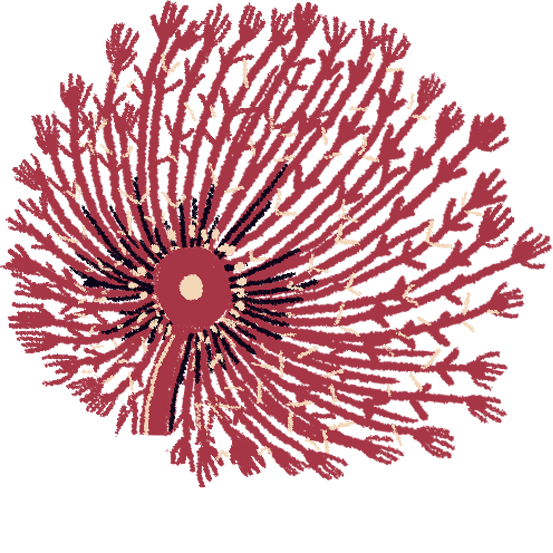
Audio experience:
For a more vivid experience, click on the audio icon on the top left corner of the screen to play ambient sounds.

Audio experience:
For a more vivid experience, click on the audio icon on the top left corner of the screen to play ambient sounds.

In the southern part of the country, where illegal mining lands are crisscrossed by the Orinoco, Caroní and Cuyuní rivers, people search for their disappeared fearfully and blindly.They search in the mines, but also in the depths of the Caribbean Sea, through which thousands of Venezuelan migrants flee from an unprecedented crisis.
Bolívar, Venezuela. Workers in the country’s illegal gold mines have suffered violent abuses at the hands of armed groups.
Clavel Rangel is a journalist and university professor based in southern Venezuela. She has covered trade union issues and issues related to human rights violations in the country.


Mexico’s landscapes are scarred by the emotional wounds left behind by people who have disappeared in the war on drugs. And in other parts of the world, migrants also disappear continually, drowned in seas, or abandoned and lost in deserts. Children disappear in illegal adoptions; women who go to another country to seek work vanish without a trace; journalists, activists and whistle-blowers who dare to speak the truth about political, economic and criminal elites also ‘disappear’, forced into silence. The problem is accentuated when there are high-stakes interests and big capital at risk, and when organized crime actors are involved.
The bodies of the disappeared await to be found in mountains, seas and deserts. Trees, plants, wind and water are testimonies of the horror of clandestine burials and offer clues to those searching for their disappeared. Under the earth, bodies and soil nurture each other.
This is a journey through the landscapes inhabited by the disappeared, led by families who, in search of their loved ones, teach us to read the earth.


Graciela Pérez is searching for her daughter, Milynali, who disappeared while on her way back from holiday. She searches in the ranches in the state of Tamaulipas, Mexico. She takes photos everywhere she looks. In one of those photos, there’s a stretch of flat land with a hill in the distance bathed by the turquoise waters of Huasteca.
There, on that hill, Graciela found small holes in the ground, like little hollows, filled with bits of charred bones.
Graciela took that photograph because she needed to confirm what she was seeing. That the beautiful scene is also, simultaneously, the gravesites of people who were buried in secret.
‘If someone told me what I’ve seen, I wouldn’t believe them. That’s also why I have photos, to really see what horror is. […] But when I look at the photos, when I see the horror, I have to face it and be prepared for whatever I might find,’ says Graciela.
A grave is a wound. Searching for wounds in the landscape has become an obsession.
Those searching travel along the highway and if they see some form of misshapen ground, they stop to search; if they are on a bus, they make a note to return to that spot. If they find an abandoned bag, there’s probably a body decomposing inside, they reckon. If they see a scorched tree, they imagine that perhaps, in its shade, a group of people gathered to burn bodies.
To search is a verb that has been altered here, like the landscapes. To search now means not to find.
Meaning has been altered in this place. To search has come to mean to disappear.



















